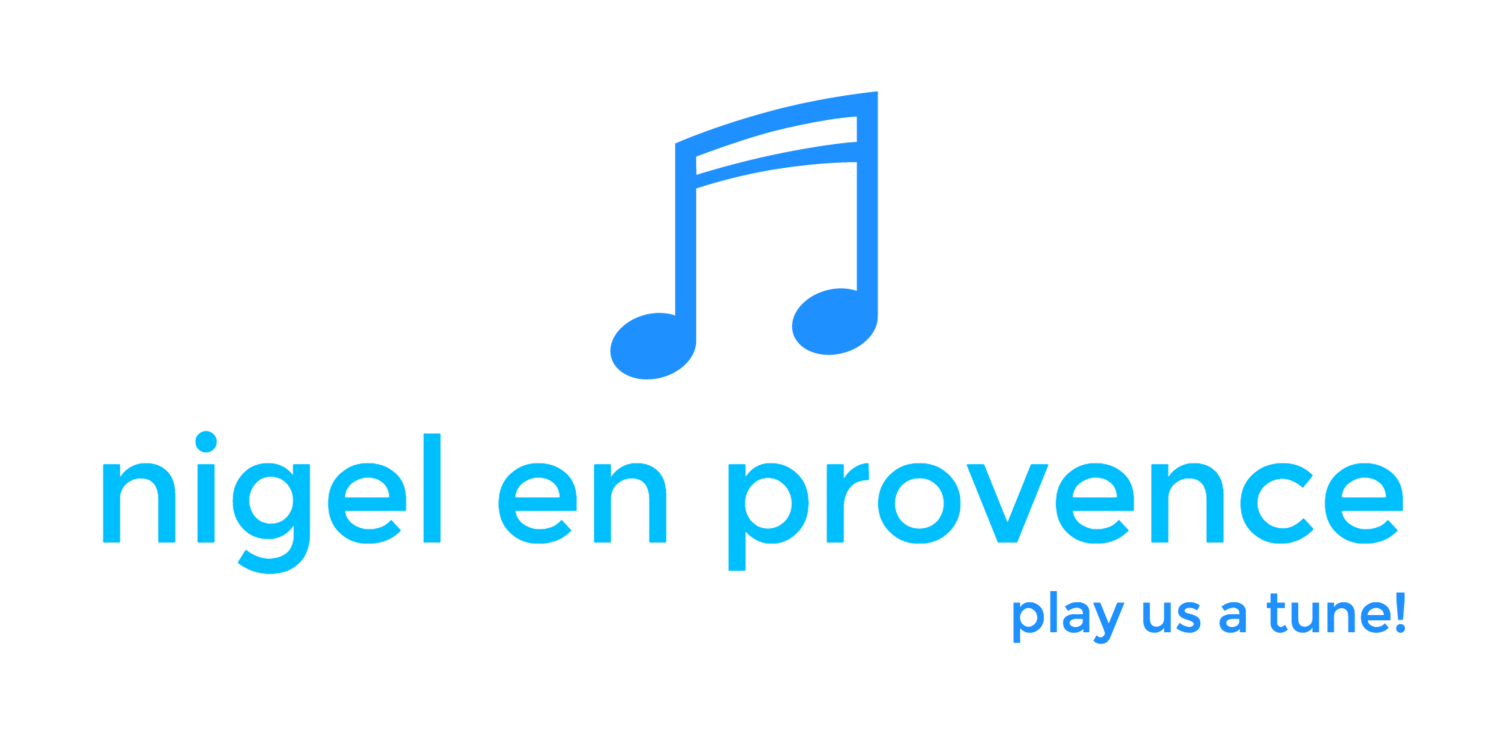Every one is obsessed with watching a maestro. At least all people in the audience. Observing the audience from the stage when the maestro enters and takes a bow you can see that all eyes are absolutely glued on him/her.
Georg Solti.
I often sit on the stage edge in full view and on more than one occasion have dropped my trousers at this point but I swear nobody has ever noticed.
Chatting with members of the audience during the interval or sometimes after concerts I'm often asked what do I think of the maestro. And the answer ... "marvellous" ... of course.
But what do you see when you watch a maestro? As a player one occasionally finds oneself looking up to see what's going on.
People often ask, "how do you follow that? I didn't see a beat". Well guess what? If a maestro stops beating, does the orchestra stop? No. The orchestra spends its life playing together whatever is going on on the podium.
The only problem comes when just one section/player decides to follow the beat. As long as the orchestra universally has decided that the beat isn't being particularly useful then there is no problem.
At the end of the day if the orchestra isn't together, nobody is going to blame the maestro, because he/she doesn't actually make a sound. It amuses me when someone from the audience says that they heard such and such a maestro.
A few years ago, during an encore, a maestro having started the piece, then left the stage. The audience went into raptures. What a clever chap.
One of the frustrations of being a maestro must be when the orchestra doesn't follow your nuance of change of tempo. What does he/she do at that point? Go his/her own sweet way, parting company. Or ... follow the music?
When that relationship is established it's difficult to change.
Seriously though. Where do you see the beat?
Of course in the arms and hands. But next time you look, just see if the nodding of the head is doing the same as the arms. Often that is ahead or behind what the arms are doing. And then have a look to see if his/her foot isn't in fact even further in front or behind that. You start to see his/her trichotomy.
Case study
Salzburg festival. The maestro was Sir Georg Solti. The piece Mahler Symphony 5. The Adagietto. The hall full. The most elegantly dressed audience you have ever seen.
It's a slow movement. It got slower and slower. We waited for him .... he waited for us. Sir Georg was famous for his huge almost animal drive when conducting. ... he couldn't use it here.
The rehearsal the next day he was furious. "What happened", he screamed. He was famous for screaming. "Why didn't you play?", he asked. "I waited and waited and you didn't play!"
Well what a give away. He was waiting for us to play so that he could follow.
Don't worry maestri. All is not for nothing You give something for the audience to look at. They can see what a maestro is feeling about the music.
And, hey, have a look here ... the violas are about to come in ... as if they didn't know.
Yes it's to let you the audience know. What a clever chap.


